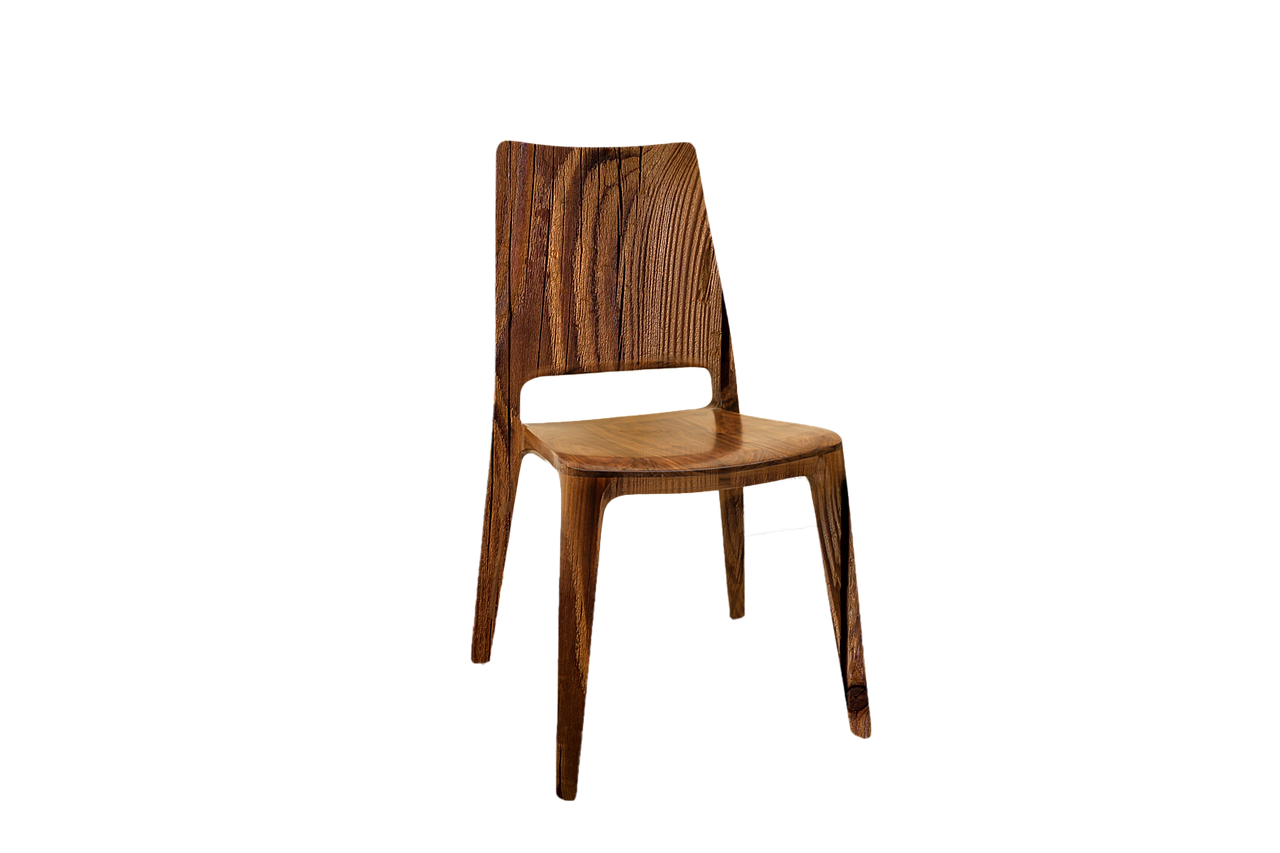Bench legs are just as important as the bench itself.

Whether you are building a new bench from scratch or repairing an old one, it is crucial to choose the right wood bench legs to increase its longevity. The whole structure of a bench depends on its legs. If they are not built with strong wood, you won’t be able to use the bench for long.
Many stores also deal in bench legs in the market. If you are looking for a quick fix for your bench, you can consider exploring the wide range of bench legs options that these stores have to offer. To help you make a wise decision, read on to know how you should choose the right wood bench legs.
The first characteristic of great wood for bench legs is its strength. Various wood species are used for making legs of furniture; however, you should choose one with enough hardness. There is a hardness scale called the Janka Hardness Scale, in which the top woods are dense and strong, but they are challenging to work. The species that have values between 1000-1500 psi are considered strong and workable.
It isn’t difficult to ensure the grain runs along the length of a leg when you are carving straight or slightly tapered legs. However, when you make curved or splayed legs, the grain may run at a slight angle, resulting in weak points. Close-grained woods are the best options for reducing this effect. Additionally, close-grained species are less likely to splinter when turned on a lathe.
Another advantage of choosing close-grained woods is their staining capability. If you are making a new bench from scratch, matching the top and legs is easy. However, it isn’t the same if you are adding legs to an existing bench. A species with a close grain will tend to accept stains more evenly than one with an open grain.
Ash, walnut, maple, cherry are examples of close-grained species. These woods are readily available, workable, and robust. Mahogany is also quite popular, but it belongs to the exotic species and can fall out of budget.
Read Also:
You must have heard about hardwood and softwood. As understandable from the name itself, hardwood has more hardness than softwood. Hardwood comes from angiosperms such as mahogany, walnut, maple, oak, etc. These trees grow slowly and, as a result, have denser wood fibers.
Hardwoods are relatively more expensive than softwoods, but the extra price is for their durability. Due to their close-grained structure, they require low maintenance. Hardwoods are ideal for making bench legs if you want to keep the furniture for a long time. Some durable species of softwoods can also be a worthy choice for bench legs, for example, European softwood, Cedar, Douglas fir, and Quebec yellow pine.
So, these are some important things that you should be aware of when choosing wood for your bench legs. Strength tops the list of considerations when selecting bench legs made of wood, but their workability and appearance are also essential.
Although some hardwoods have tensile strength comparable to steel, their hardness makes them difficult to shape and cut. You can choose hardwoods such as oak, teak, walnut as they have decent stretch and workability. If you are on a limited budget, you can go for softwood but make sure to choose a durable one.